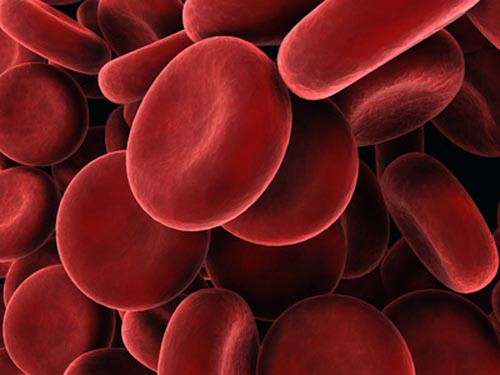Researchers at the Gladstone Institutes report that they have developed a novel technique that allows for the more efficient and more complete reprogramming of skin cells into cells that are virtually indistinguishable from heart muscle cells. Their study (“Small Molecules Enable Cardiac Reprogramming of Mouse Fibroblasts with a Single Factor, Oct4”), based on animal models and described in Cell Reports, provides a potentially promising pathway in the hunt for a method to regenerate muscle lost in a heart attack.
The reprogramming of skin cells into heart cells has required the insertion of several genetic factors to spur the reprogramming process. However, scientists have recognized potential problems with scaling this gene-based method into successful therapies. So some experts, including Gladstone’s Sheng Ding, Ph.D., have taken a somewhat different approach.
“Scientists have previously shown that the insertion of between four and seven genetic factors can result in a skin cell being directly reprogrammed into a beating heart cell,” explained Dr. Ding, the paper’s senior author and a professor of pharmaceutical chemistry at UCSF, with which Gladstone is affiliated. “But in my lab, we set out to see if we could perform a similar transformation by eliminating—or at least reducing—the reliance on this type of genetic manipulation.”
To that effect, the research team used skin cells extracted from adult mice to screen for small molecules that could replace the genetic factors. Dr. Ding and his research team have previously harnessed the power of small molecules to reprogram skin cells into neurons and, more recently, insulin-producing pancreas cells. They reasoned that a similar technique could be used to do the same with heart cells.
“After testing various combinations of small molecules, we narrowed down the list to a four-molecule ‘cocktail,’ which we called SPCF, that could guide the skin cells into becoming more like heart cells,” said Haixia Wang, Ph.D., the paper’s lead author and a postdoctoral scholar. “These newly reprogramed cells exhibited some of the twitching and contracting normally seen in mature heart cells, but the transformation wasn’t entirely complete.”
So, Drs. Ding and Wang decided to add one genetic factor to the small molecule mix.
“We report the identification of a defined small molecule cocktail that enables the highly efficient conversion of mouse fibroblasts into cardiac cells with only one transcription factor, Oct4, without any evidence of entrance into the pluripotent state,” wrote the investigators. “Small molecule-induced cardiomyocytes spontaneously contract and exhibit a ventricular phenotype. Furthermore, these induced cardiomyocytes pass through a cardiac progenitor stage. This study lays the foundation for future pharmacological reprogramming approaches and provides a small molecule condition for investigation of the mechanisms underlying the cardiac reprogramming process.”
“The fact that the combination of Oct4 and small molecules appears to generate beating heart cells in an accelerated fashion is encouraging,” pointed out Joseph Wu, M.D., Ph.D., director of the Stanford Cardiovascular Institute, who was not involved in this study. “Future advances by Dr. Ding and others will likely focus on improving the efficiency of conversion as well as duplicating the data in adult human cells.”






